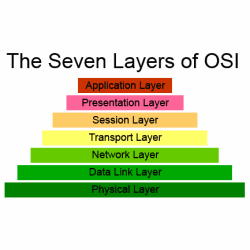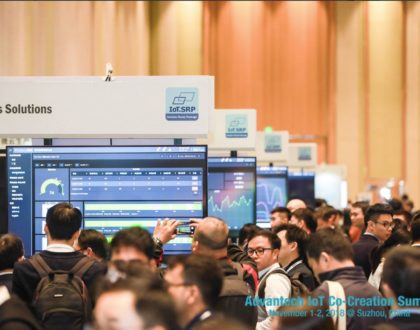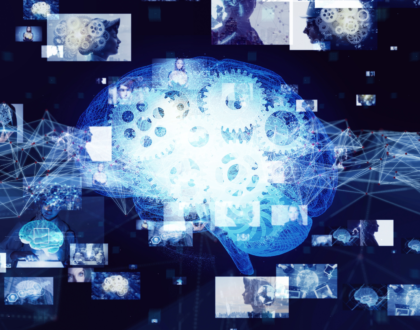OSI Layers 1 and 2
WHY LAYERS 1& 2 ARE IMPORTANT TO A NETWORK
 In the world of networking, the OSI layers are the foundation on which the networks are built. But what exactly are the OSI layers? And how do they impact the devices that interconnect to make a network happen?
In the world of networking, the OSI layers are the foundation on which the networks are built. But what exactly are the OSI layers? And how do they impact the devices that interconnect to make a network happen?
The OSI, Open Systems Interconnect, consists of 7 layers. Each layer is dependent on the next to get your data from point A to point B. The OSI Layers are as follows, starting with Layer 1: Physical, Data, Network, Transport, Session, Presentation, and Application. That’s a real mouthful, so I’ll share a silly interpretation of the acronym that circulated in the 1990s and still allows me to remember those 7 Layers: Please Do Not Throw Sausage Pizza Around. See? Silly, like I said, but you won’t forget it.
Regardless of how simple or complex a network device is, each one plays an important part in the OSI. At B+B SmartWorx, most of our network devices support Layers 1 and 2; a few live in Layer 3. So I’ll discuss Layers 1 and 2 specifically.
Layer 1 is the Physical Layer. This Layer is going to include Fiber, Twisted Pair (copper), Serial, USB, coaxial and others. In other words, interface connections and cabling. Some of those physical connections will be defined by the color of the cable: for fiber, Single Mode cable will be typically yellow and Multi Mode cable typically Orange. The fiber transceivers themselves are available in different kinds of connectors: SC, ST, LC. Serial interfaces are defined by cable types—two wire, four wire; USB interfaces fall into 3 categories of support and thus, identified as 1.1, 2.0 or 3.0; each having a different capability. Twisted pair cabling is available in CAT3 all the way up to CAT7, available in cross over or straight through, as well as whether it is shielded or unshielded.
Layer 2 is the Data Link Layer. The Data Link Layer covers how the data is transmitted over the Physical Layer 1. It packages raw bits from the physical layer into frames (logical, structured packets for data). It is protocol layer responsible for transferring frames from one node to another in a LAN or between network nodes in a WAN. Simply put, Layer 2 provides data transfer across the physical link. But the data link layer is also divided into two sub-layers: the MAC (Media Access Control) layer and the LLC (Logical Link Control) layer. The former controls how computers on the network gain access to the data and obtain permission to transmit it; the latter controls packet synchronization, flow control and error checking.
I’ve barely scratched the surface on all the details of Layers 1 and 2, but my point is that when you have to troubleshoot a problem in the network, these are the two Layers to investigate first. Resist the urge to jump in at the higher Layers and check out application settings, network configuration settings, transport, etc. Layer 1 problems can be anything from a bad CAT5 cable to a failed interface on a network device. However, it is not necessarily a faulty hardware issue, but possibly the wrong device installed for a particular application. Performing simple hardware tests in a bench test environment, such as physical loopback onto a fiber port, can prove whether the hardware device is defective or simply the wrong product selection.
If the hardware has proven to be functional, then you have to begin troubleshooting at Layer 2. Why isn’t the data being transferred from point A to point B? Or, why are packets dropping? Is there a frame size limitation coming into play? Do speed and duplex match across all devices in a segment? These are some of the standard considerations when troubleshooting network devices.
Recommended Posts

Co-Creation, Paving the Way to a More Connected Future
November 27, 2018

The Benefits of a ‘Do It For Me’ Mentality in the IIoT
October 5, 2018

Why You Need to ‘Mind the Gap’ in Manufacturing Technology
August 31, 2018
